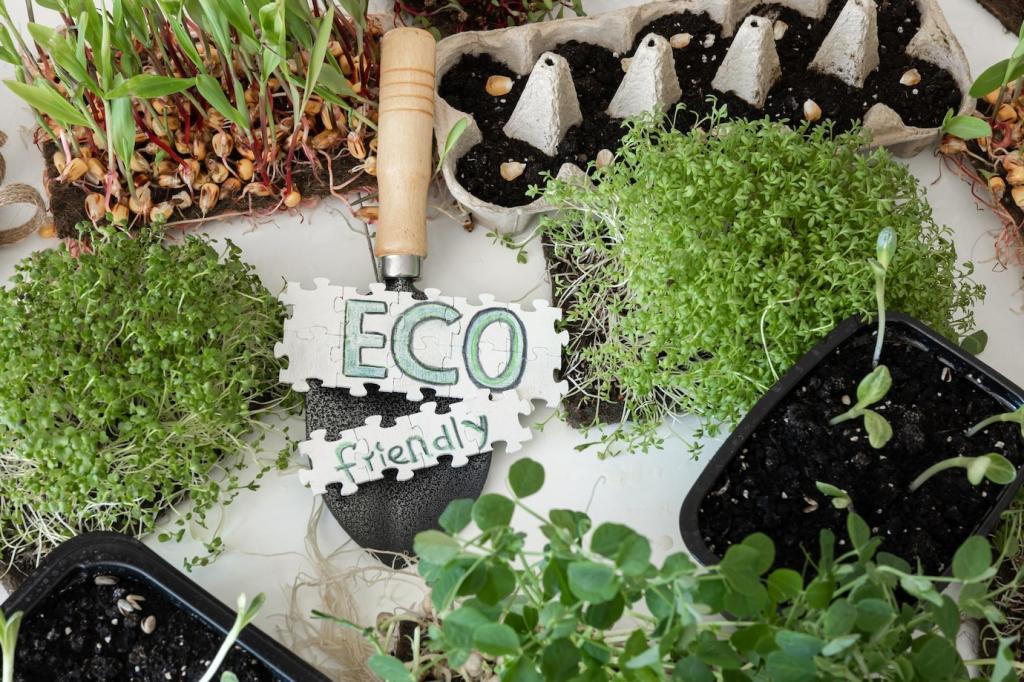
Edible Landscaping for Urban Environments
Today’s chosen theme: Edible Landscaping for Urban Environments. Turn balconies, stoops, rooftops, and tiny courtyards into living larders that charm the street and feed your table. Join our community, share your ideas, and subscribe for weekly city-growing inspiration.
Track where light falls each hour, note reflections off neighboring glass, and mark wind tunnels between buildings. Six or more hours favor tomatoes and peppers, while partial shade suits herbs and leafy greens. Share your sketch for feedback.
Designing Small Urban Spaces for Abundance
Think vertical: climbers like beans on trellises, mid-height peppers and eggplants, and groundcovers such as strawberries or thyme. This layered approach looks ornamental, doubles yield, and invites pollinators to linger. Post your favorite plant trio below.
Designing Small Urban Spaces for Abundance
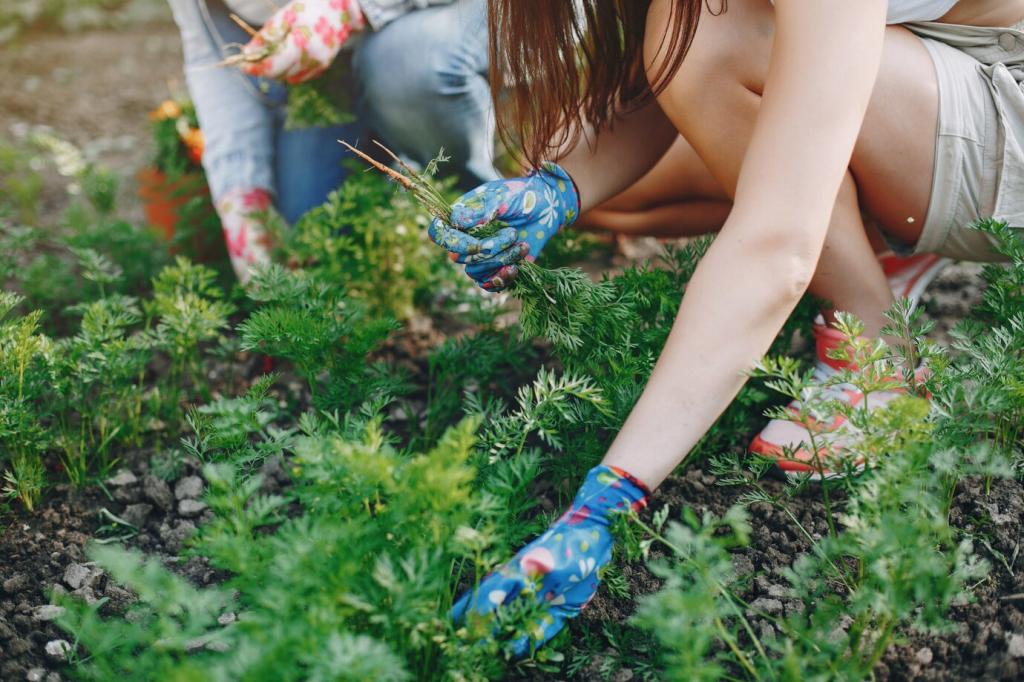
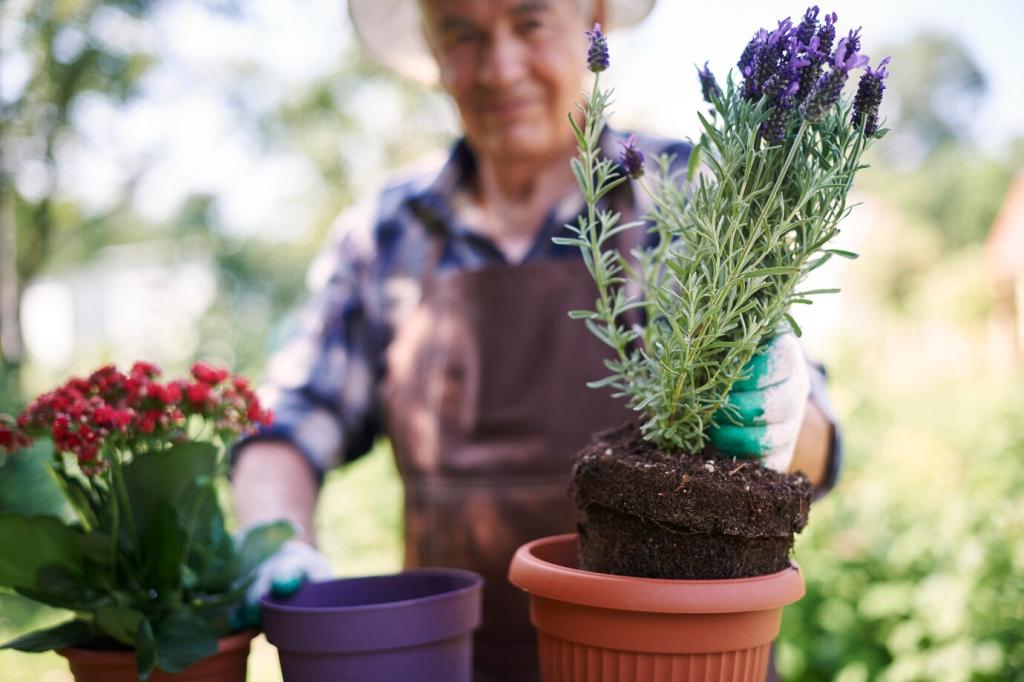
Soil Safety and Smart Containers
Older buildings and busy streets can leave lead and other contaminants in soil, especially along foundations and drip lines. Use a lab kit, sample several spots, and compare results to local safety thresholds. Tell us your findings and questions.
Soil Safety and Smart Containers
Choose food-safe planters with drainage, aiming for twelve to eighteen inches of depth for tomatoes and peppers. Self-watering reservoirs reduce stress on hot weeks, while wheeled bases let you chase sunlight. Share your favorite container brands.
Water Wisdom for City Growers
Drip Lines, Timers, and Morning Routines
A simple drip line and battery timer can cut water use by thirty to sixty percent while keeping foliage drier and healthier. Water early to reduce evaporation and disease pressure. Tell us your setup; we’ll share time-saving tweaks.
Rain Capture in Tight Quarters
Even small roofs can yield surprising harvests of water. A compact barrel paired with a gutter diverter covers dry spells and emergency weekends away. Always check local regulations and overflow routes. Show us your rain system photos.
Mulch and Greywater Smarts
Leaf mulch or shredded bark cuts evaporation, buffers heat, and feeds soil life. Where permitted, simple greywater systems can irrigate ornamentals; edibles demand careful compliance. Ask questions about legality or safety, and we’ll clarify options.
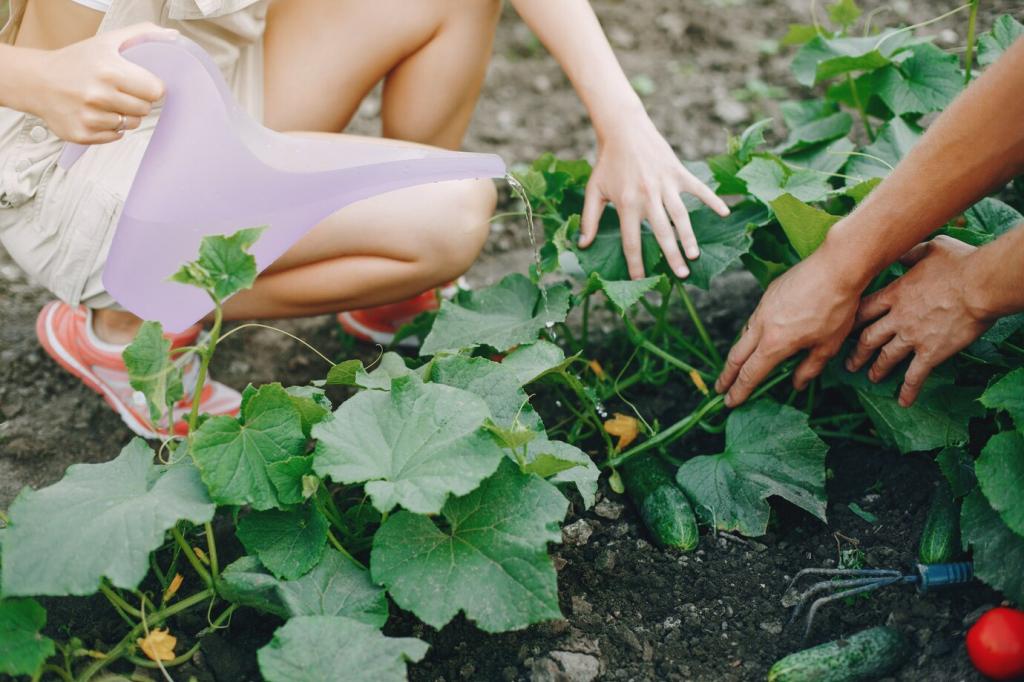
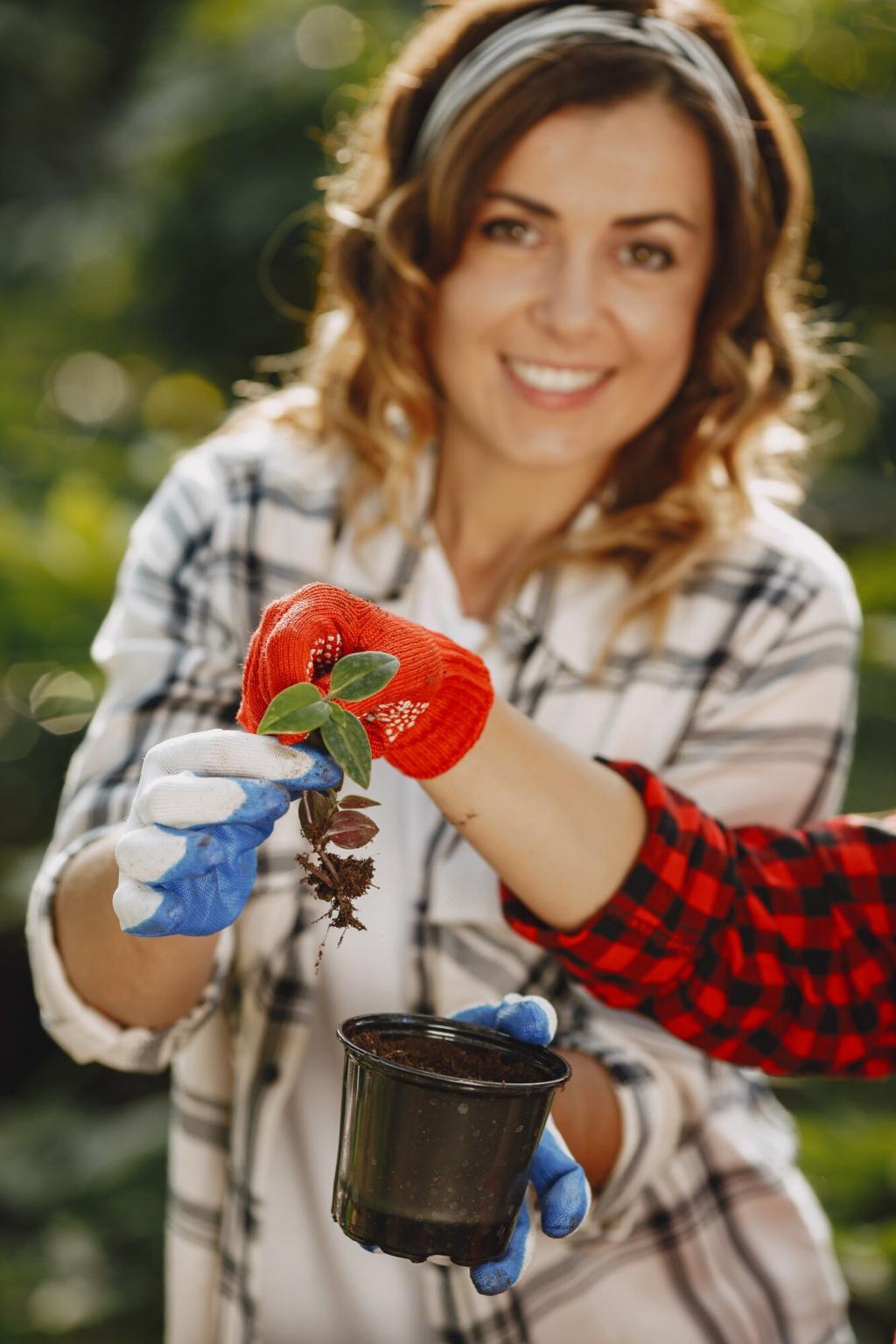
Productive Plant Choices for Tiny Footprints
Look for columnar apples, compact figs, and patio citrus grafted on dwarfing rootstocks. These stay manageable, fruit young, and thrive in large containers with winter protection. Share your best urban fruit success and lessons learned.
Productive Plant Choices for Tiny Footprints
Basil, thyme, and chives partner beautifully with edible blooms like nasturtiums and calendula, creating color, fragrance, and beneficial insect habitat. Edge beds with low herbs to soften hardscapes. Tell us which flowers draw the most bees.
Community, Courtyards, and Shared Harvests
Turning a Courtyard into a Commons
When Maya mapped sun patches between parked bikes, her building added wine barrels with blueberries, a bean arch, and herb boxes. Kids now snack on strawberries after school. Share your courtyard dream and we’ll help plan it.
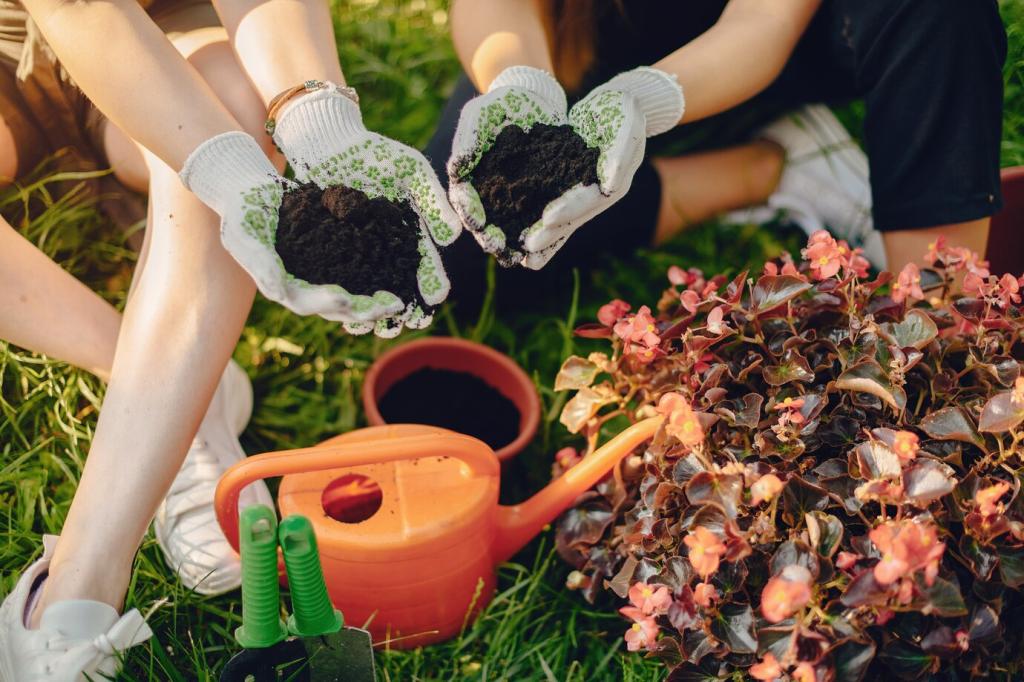
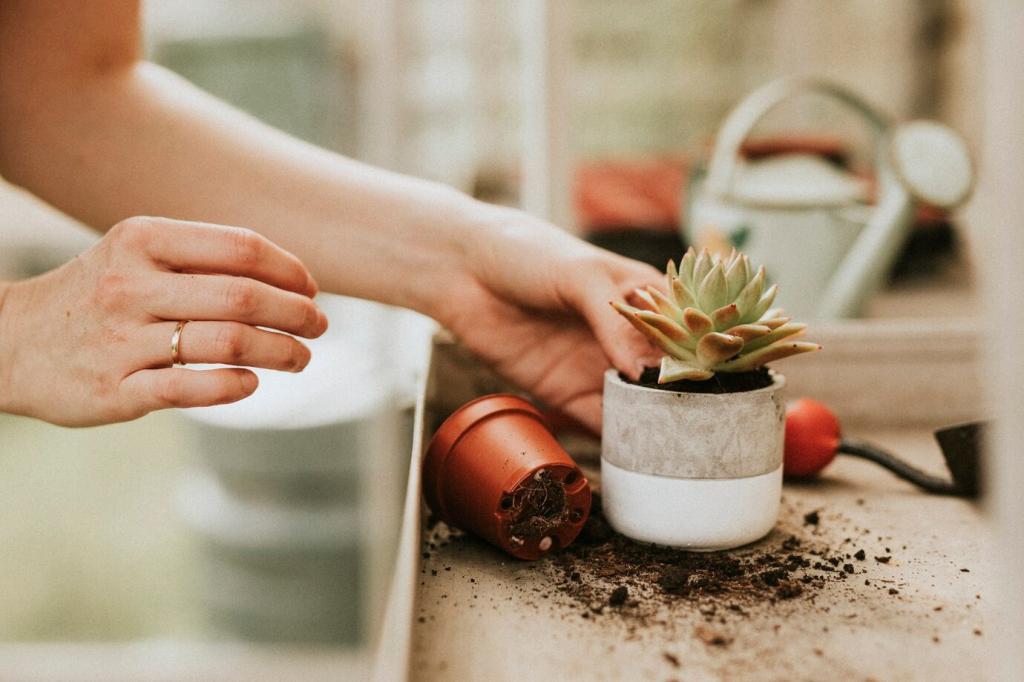
Harvest Swaps and Story Nights
Saturday swaps trade extra tomatoes for pesto, tips for trellis knots, and seeds for next season. Sharing recipes keeps momentum through winter. Invite your building to a tasting night and report back with highlights.
Seasonal Care and Year‑Round Yield
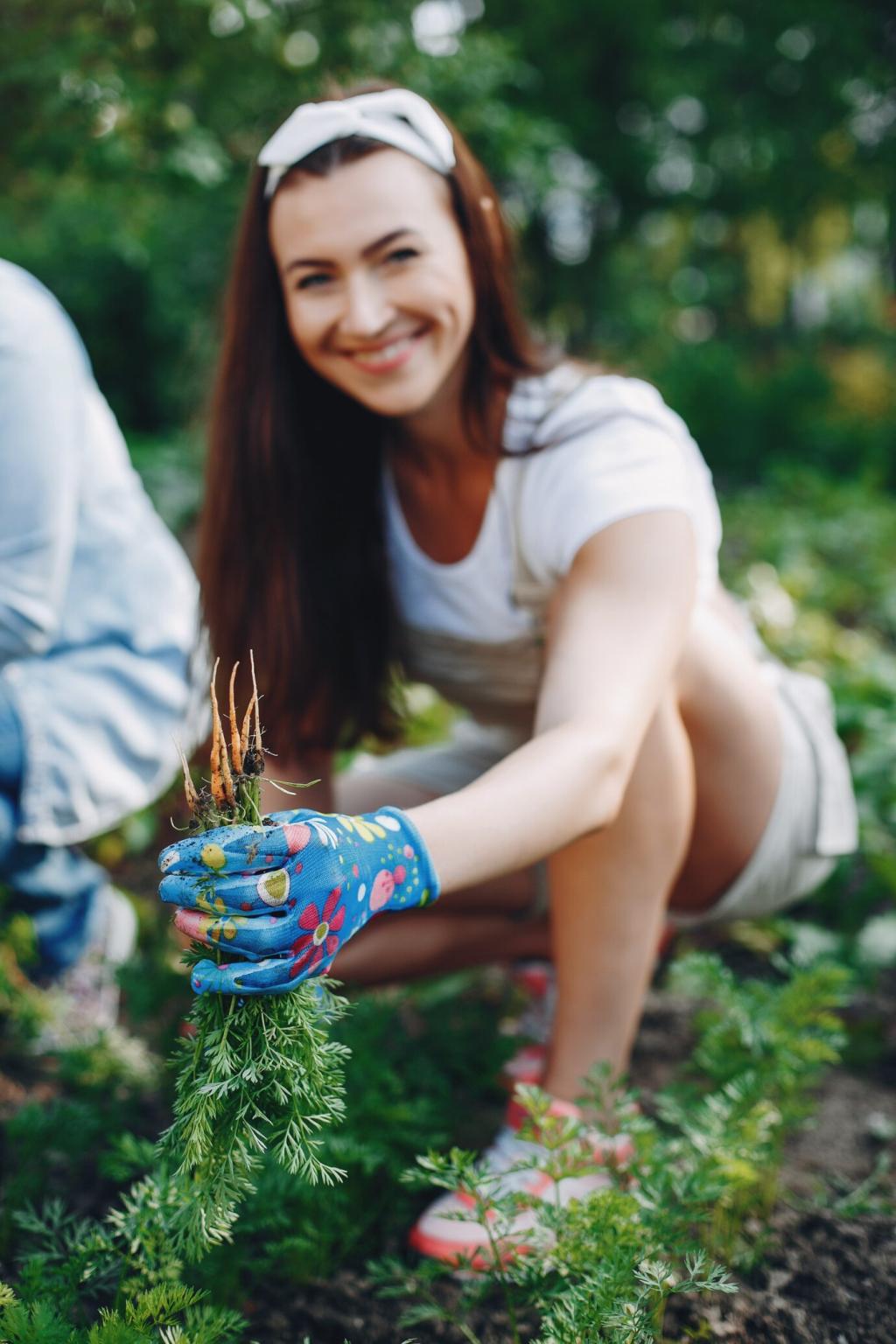
Replant greens every two weeks, follow early radishes with bush beans, then transition to fall kale and cilantro. Keep a lightweight notebook to track wins and gaps. Share your schedule for community brainstorming.
